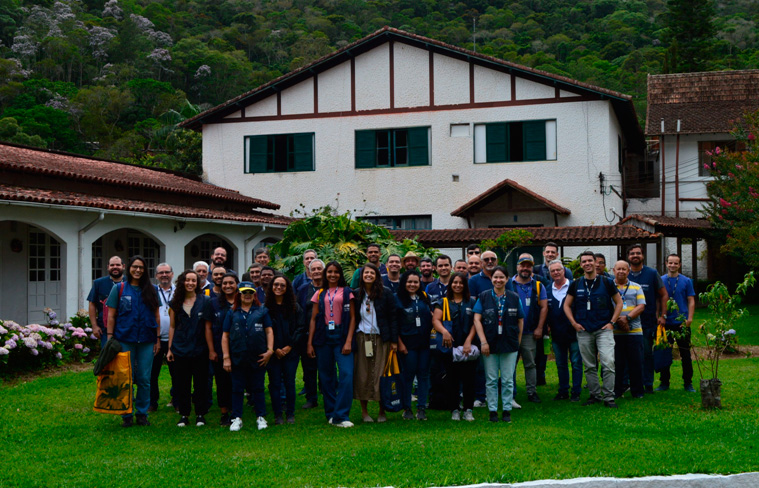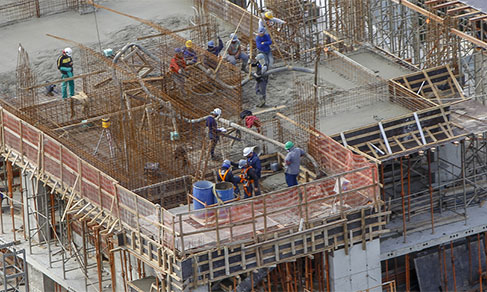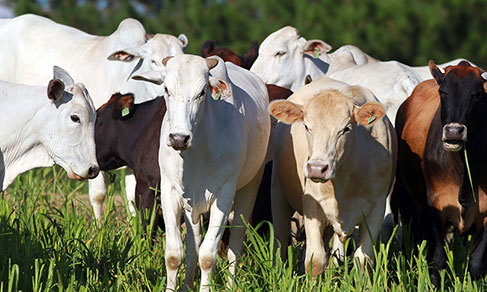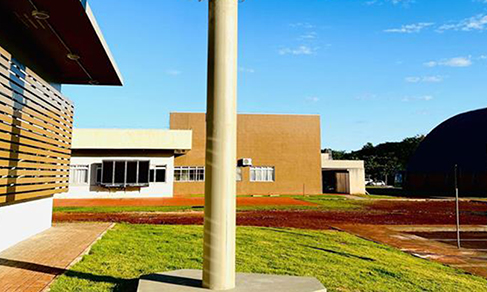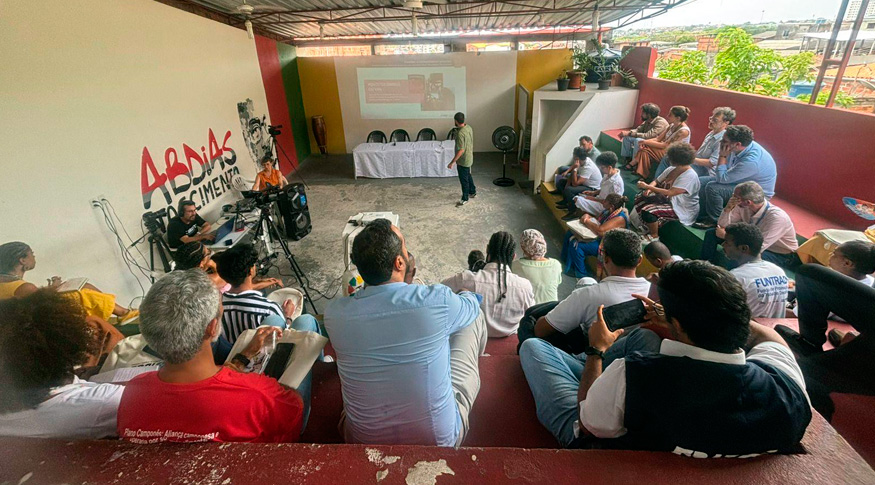2022 Census
IBGE will release new themes of the Population Census in 2025
March 28, 2025 07h50 PM | Last Updated: April 01, 2025 12h22 PM

A number of information on the 2022 Population Census will be published by the IBGE in 2025. The schedule of the results presents a quarterly preview of releases including themes like education, religion, fertility, nuptiality, persons with disability, autism, labor and income, migration and commuting for study and work. New data on quilombola and indigenous populations are scheduled as well. It should be reminded that the scheduled can still be adjusted due to the complexity of the steps of data treatment.
The population results, i.e., those obtained from all the households by means of the basic questionnaire, have been released since June 2023 with the first release of the 2022 Population Census ("Population and Households: First population results"). The advance in the data edition step allowed that most themes of the basic questionnaire is released up to the end of 2024, remaining for 2025 a more detailed release of some specific information of the quilombola population, whose investigation was a new feature of that census operation.
The preliminary sample results began to be published last December, with the product "Characteristics of housing units: Preliminary sample results", followed by the release "Education: Preliminary sample results" in February this year. The other themes of the extended questionnaire of the 2022 Population Census should be available along the first three quarters of 2025. The release of the sample microdata is scheduled for the third quarter, showing census information for intra-municipal levels, disaggregated by urban or rural housing unit and based on the final version of the weighting areas.
The Urban Survey of the Surroundings of Housing Units will be also released in 2025, as it depends on the consolidation of the Territorial Base of the 2022 Census, including the addressing information updated during the operation. Urban characteristics of the surroundings bring information that complement those collected for the housing units and improve the portrait of the census operation.
"Considering the challenging scenario of the pandemic that we faced in the last decade and the resulting postponement of the operation originally scheduled for 2020, the IBGE understands the need to release the Census data as soon as possible, as they are the basis for a number of public and private policies. To do that, the IBGE innovated the release strategy by presenting the results theme after theme, as soon as the data treatment steps are being completed. Therefore, more than 25 products have been released since the end of the data collection of the 2022 Census and more than ten publications are scheduled for 2025," states Giulia Scappini, Coordinator of the Population Census.
Data pass through different treatment steps before their release.
In order to be released to society with security and quality, the 2022 Census data pass through a number of internal steps aiming at assuring the adoption of the highest standards of reliability. The data treatment consists of assessments made by technical teams that pinpoint possible distortions occurred during the data collection. It is a sequential work, in which the consistency of the databases is checked, taking into account the themes investigated in the questionnaires block by block, starting from the themes explored in the basic questionnaire.
The end of the treatment of the population data marks the beginning of the treatment of the information obtained in the extended questionnaires (sample questionnaires), applied to a random selection of households in the entire national territory. Every edition applied to the population questionnaire is applied to the sample database as well.
"Due to the dimension of the investigation of the Census questionnaires, data treatment is naturally a very complex step. It requires a careful look at each information collected, pinpointing inconsistencies and validating the results. On top of the data edition, a work schedule demands several discussions with thematic experts to establish the best rules to be applied on the treatment of the inconsistencies. As many times the questionnaire information is the input for the treatment, that schedule requires a complex chaining of edition steps, passing through each thematic block investigated in the Census, from the basic questionnaire to the extended questionnaire," explains Scappini.
Census coding step involves more than a hundred persons
Coding work happens during data treatment. It is applied to every information obtained from open questions (religion, labor employment and activity, higher education course and ethnicity and language of the indigenous population). That activity demanded the hiring of more than a hundred coders and more than ten codification supervisors, requiring a logistics of training and work organization accomplished between April and December 2024.
Like codification, calibration occurs concurrently with data treatment. As the information comes from a sample questionnaire, sampling weights are calibrated for the expansion of the sample in that step. As enumeration areas are quite small territorial units in order to produce results with an acceptable confidence interval, the IBGE builds weighting areas (APONDs), comprising the aggregation of enumeration areas in order to be the smallest territorial unit to release sampling results.
Aiming at building weighting areas as close as the territorial reality and geographies used by municipalities in their planning, like neighborhoods, planning areas and administrative regions, the IBGE checks the municipalities with more than 100 thousand inhabitants. That process is expected to close in the third quarter of 2025.
Aiming at delivering the 2022 Census results as soon as possible to society, the IBGE built preliminary weighting areas based on preliminary enumeration areas released in March 2024. Information built with that methodology are signaled with sub-title "Preliminary sample results" and made available down to the municipal level, which means that, in the first moment, data for intra-municipal geographies or information on urban and rural status are not presented. As a preliminary calibration, the results released can be slightly different from the final ones, scheduled for August. On the other hand, the number of housing units, population and population by sex do not change at all.
The next release of the 2022 Census is scheduled for April 17, when statistics on urban characteristics of the surroundings of housing units will be unveiled.








